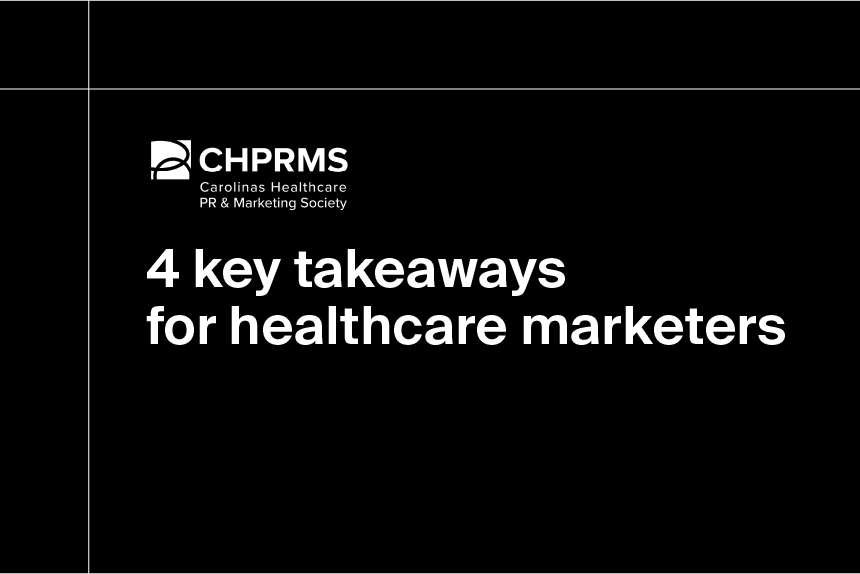The American doctor's office is undergoing a transformation: Physicians today are less likely to work in private practice than 10 years ago. For the first time, more doctors are instead choosing employment at practices owned by health systems, large insurers, and private equity firms.
This shift parallels a broader trend of consolidation happening across the United States, where healthcare markets are increasingly dominated by a few big players. Hospitals and health systems are bulking up through mergers and acquisitions, aiming to gain clout with insurers and steer patients toward their services. Regulatory changes are also driving this shift, favoring diversified care systems that can take on financial risk and keep patients within their walls.
Beyond traditional mergers, new forms of consolidation like clinically integrated networks (CINs) are also uniting doctors, independent practices, and hospitals. This leaves smaller players facing a stark choice: join a larger organization or navigate the increasingly challenging terrain alone.
A physician practice landscape in flux
Solo physician practices, once the backbone of American healthcare, are a vanishing breed. From 2012 to 2022, the share of physicians working in private practices dropped from 60% to 47%, according to data from the American Medical Association. Meanwhile, the percentage of physicians working in hospitals as direct employees or contractors or in practices at least partially owned by a hospital or health system rose from 29% to 41%.
Change in physician practice landscape from 2012 – 2022
Fig. 1 – Distribution of physicians by practice ownership structure from 2012-2022. Source: American Medical Association
Moreover, 65% of non-employed physicians tracked by Definitive Healthcare affiliate with a health system network, further illustrating the growing reach of these hospital networks. Compared to being employed by a hospital or IDN, affiliation allows physicians to maintain some independence while benefiting from a network’s resources, support, and referrals.
The forces driving change in the physician practice landscape
Younger physicians are increasingly turning away from the solo practice model, opting instead for larger organizations and employed practice models. This shift is driven by a mix of generational preferences and market pressures.
Some are drawn to the stability of predictable incomes, employer-paid malpractice insurance, and the freedom from the responsibilities of managing a business. Large networks generally have dedicated resources for billing, insurance, and other administrative tasks, freeing up physicians for clinical work.
Market forces play a pivotal role, too. Healthcare is evolving fast, with new players like retail clinics and giant, vertically integrated payors putting pressure on independent practices. For some, scaling up feels crucial for survival. Larger physician groups and health system-owned practices benefit from economies of scale, greater negotiating power, and wider networks that can bring in more patient referrals.
The numbers back this up. A recent AMA survey found that nearly 80% of physicians who sold to hospitals did so mainly to negotiate better payment rates. Managing payor administrative demands and accessing expensive resources were also important factors, highlighting the financial pressures and practical challenges driving the shift.
How healthcare providers can thrive in a mega-system world
As the healthcare landscape continues to evolve, the move towards larger groups and employed models is likely to continue. The question now is how this generation of doctors can navigate the mega-system world and carve out niches in this ecosystem.
Independent physician practices still offer a range of compelling benefits. While physician incomes are on the rise, averaging $352,000 in 2023 compared to $299,000 five years ago, Medicare cuts and somewhat stagnant reimbursement relevant to the cost of practice have dragged down the income of some physicians. On average, self-employed physicians tend to earn more than their employed counterparts.
Beyond income potential, independent physicians often find immense satisfaction in the control and flexibility inherent in solo practice. Freed from the constraints of strict schedules and institutional policies, independent physicians can craft their practice to reflect their values, shaping not only their schedules but also the culture of their practice environment. This level of autonomy, absent in many employed positions, can foster a deep sense of personal and professional fulfillment.
Though the benefits of independent practice are manifold, the ideal path ultimately hinges on individual preferences and the local healthcare market’s unique dynamics. Unintegrated physicians have various options beyond solo practice, ranging from accountable care organizations (ACOs) and specialty networks to professional service agreements and partnering with local hospitals and health systems, with each model offering distinct advantages. The key for each physician lies in discerning what best aligns with their goals and values. For many, embracing one or more of these models can be the key to ensuring their economic viability and long-term success.
What it all means
Healthcare consolidation and changing generational perspectives will continue to drive the trend toward employment and away from solo practice. To navigate this dynamic environment effectively, stay at the forefront with Definitive Healthcare’s powerful healthcare commercial intelligence platform. Gain immediate access to critical hospital, health system, and physician data and insights, empowering you to make informed decisions and uncover new opportunities. To learn more about how Definitive Healthcare’s intelligence can help you create new paths to success, start a free trial today.




